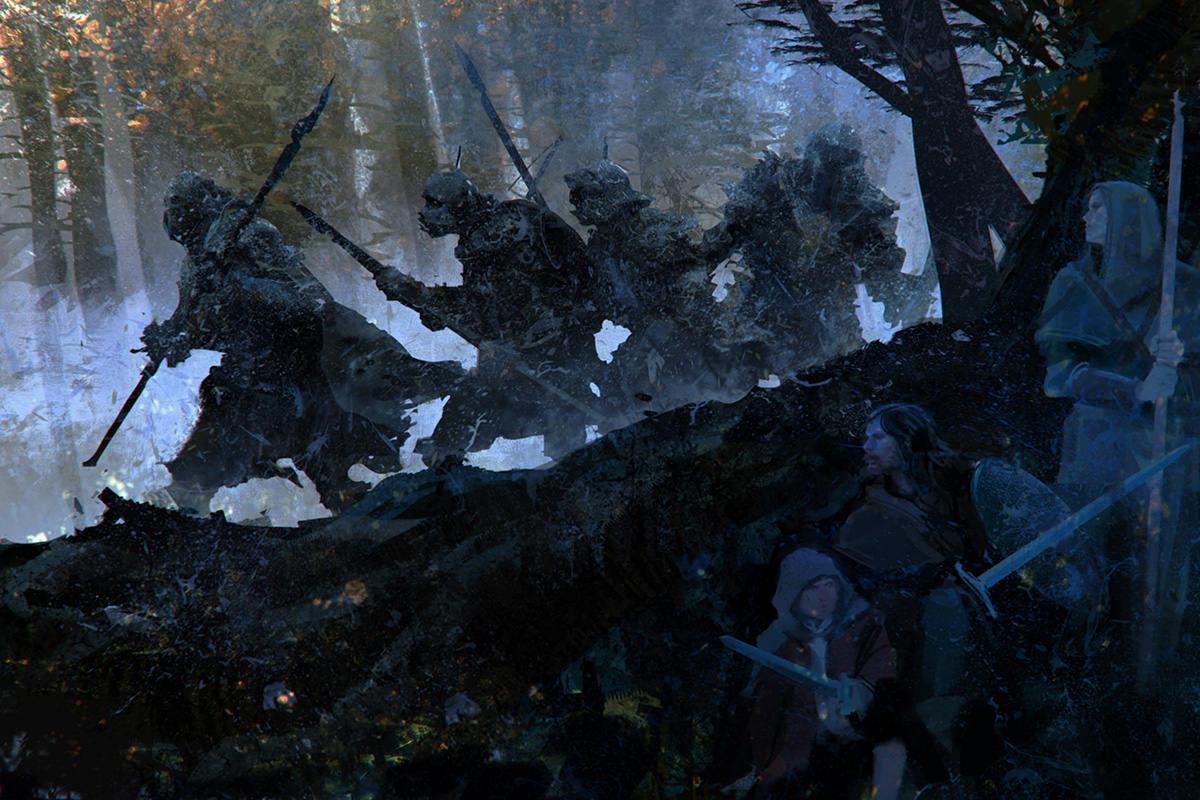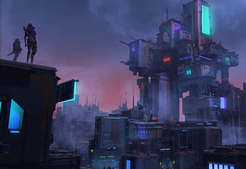Warmachine’s sister game, Hordes, uses nearly identical rules. So similar, in fact, that you can play a Warmachine army against a Hordes army without any need for conversion or handicap. The differences, however, are vital to how Hordes armies play.
Where Warmachine armies are led by a warcaster, Hordes armies are led by a warlock. Both are vital to the success of their respective armies, and losing either your principle warcaster or warlock will lose you the fight. Both warlocks and warcasters sport exceptional stats, special abilities, spells, and a once-per-battle feat. In fact, there are so many similarities between warcasters and warlocks that they are often referred to simply as “warnouns” by players. The differences, however, are vital to how they play on the table.
Warmachine’s warcasters have a pool of points called focus. It replenishes at the beginning of the warcaster’s turn. The warcaster can spend these points in all sorts of ways: healing, extra attacks, casting spells, or directing their steam-powered mecha called warjacks to pull off special attacks, like picking up enemy models and hurling them into walls or other enemies.
Warlocks have a pool of points called fury, and it starts the game maxed out. However, it does NOT automatically replenish at the beginning of the warlock’s turn. Instead, fury is generated by the warlock’s warbeasts, massive and savage creatures somewhat analogous to the warcaster’s warjacks.
Instead of the warlock spending points to make their warbeasts fight, all sorts of actions by the warbeasts automatically generate fury. Charging, attacking, special attacks, and using a unique power called an animus all generate fury in a warbeast. The warbeast’s warlock can then siphon off that fury to power their spells, heal, and pretty much anything else a warcaster can do with focus.
However, there’s a limit to how much fury a warlock can absorb. And any fury left on a warbeast increases the chance that it will frenzy. Frenzied beasts charge the nearest thing to them and attack with their strongest melee weapon. Yes, the target of their attack could be an allied unit, or even their own warlock!
This leads to all sorts of interesting differences in how Warmachine and Hordes armies play. A warcaster without any warjacks is still a dangerous foe. A warlock without any warbeasts isn’t much of an asset on the tabletop battlefield. A warcaster is playing a game of resource management, choosing between casting spells and empowering their warjacks. A warlock, on the other hand, is empowered by their warbeasts; active warbeasts means lots of spell-casting from their warlock. But the warlock is playing a game of risk management, pushing a dangerous edge of activity that could suddenly turn on them, potentially throwing their entire force into chaos. (Interestingly, killing both warjacks and warbeasts tends to make those that survive more dangerous. Destroy warjacks, and that means a warcaster will have more points to pump into those which remain. Destroy warbeasts, and a warlock is likely to push them harder to make up for the lost fury.)
The choice, then, is pretty stark between a Warmachine and a Hordes army. Warmachine gives you dependability but can leave you starved if you try to spread your focus too broadly. Hordes creates powerful synergies between the warlocks and their warbeasts just when you need it the most, when the fighting is at its hottest, but with the risk of losing control of part of your forces. Your own preferences and temperament will decide which style you’re most successful with, placing Warmahordes (as fans of the games call them collectively) among the most interesting wargames from a psychological standpoint.




